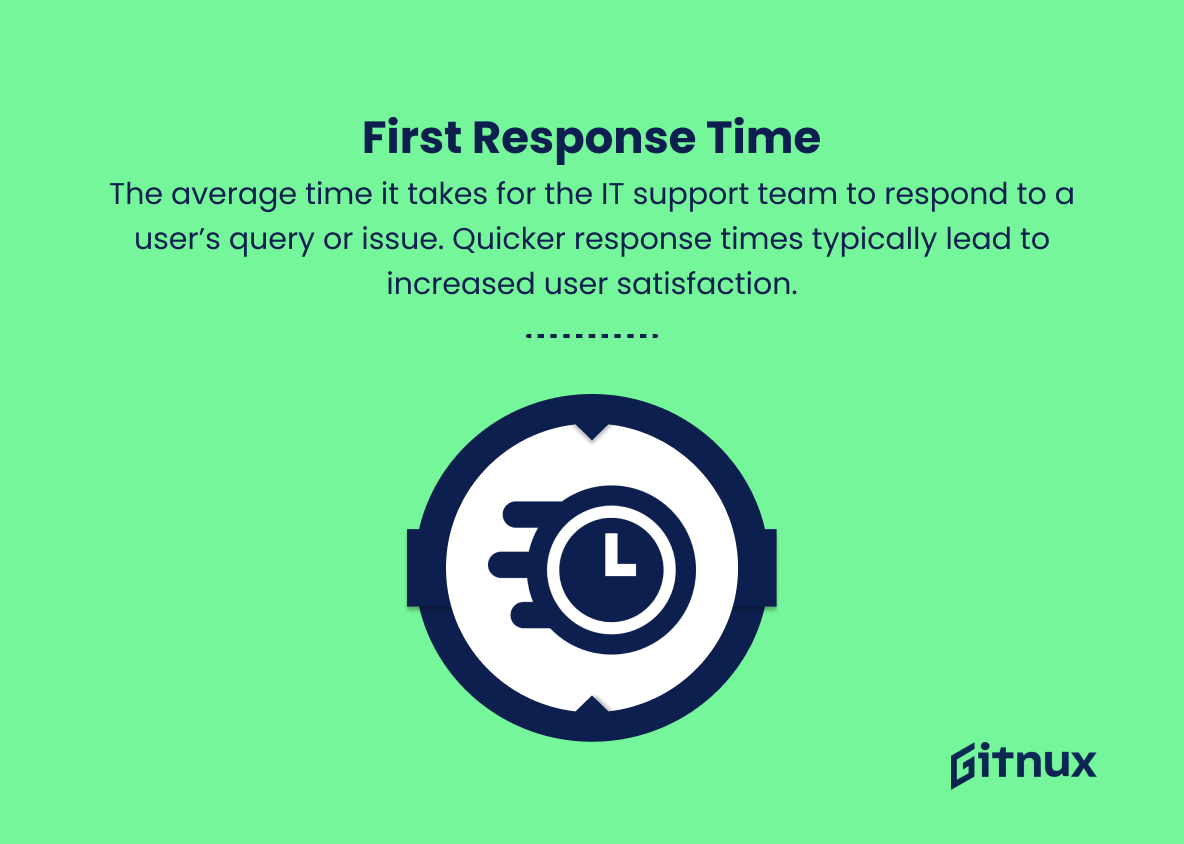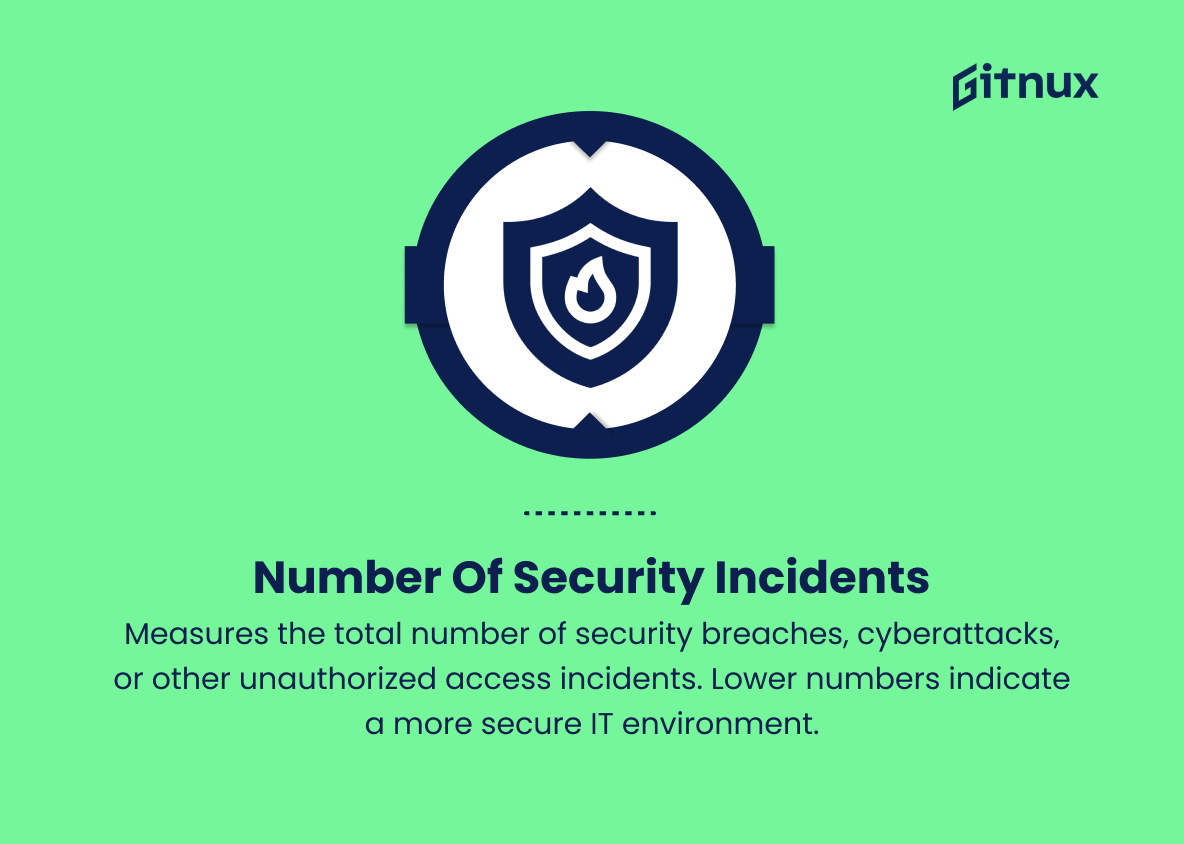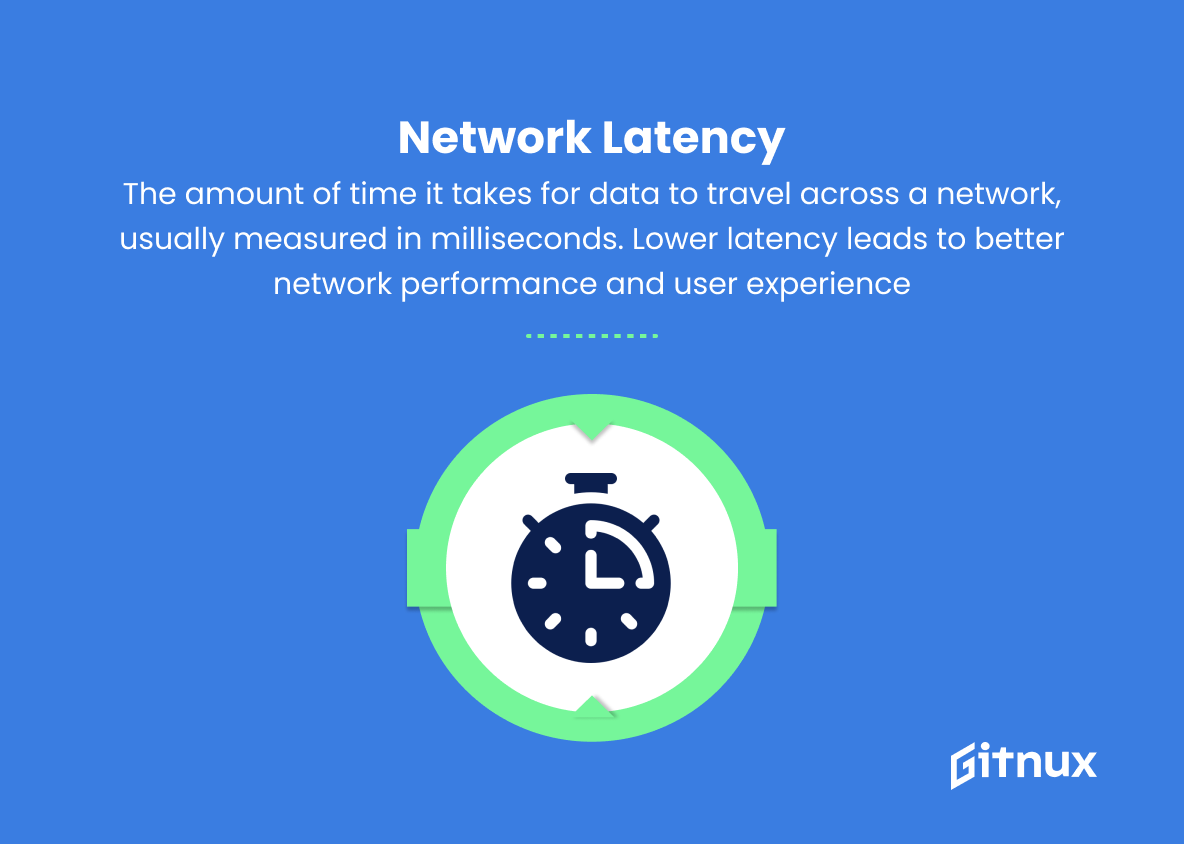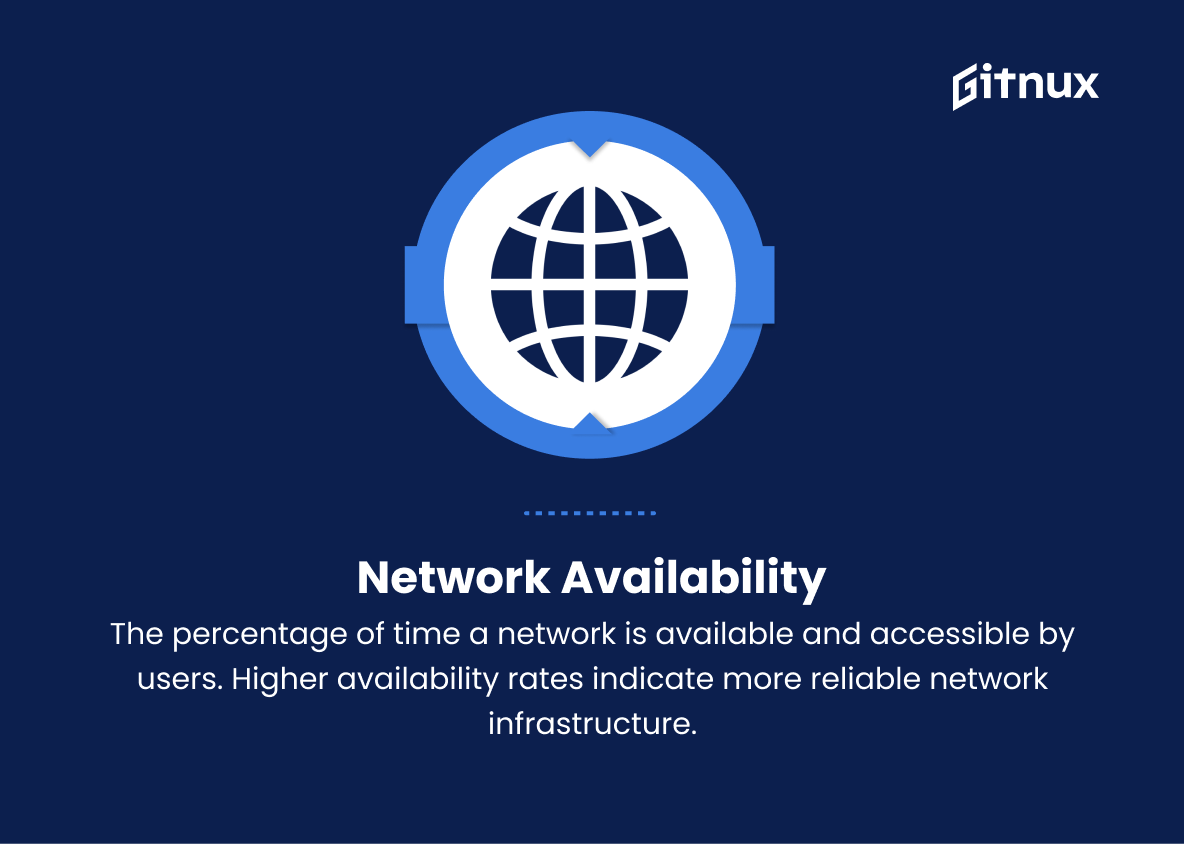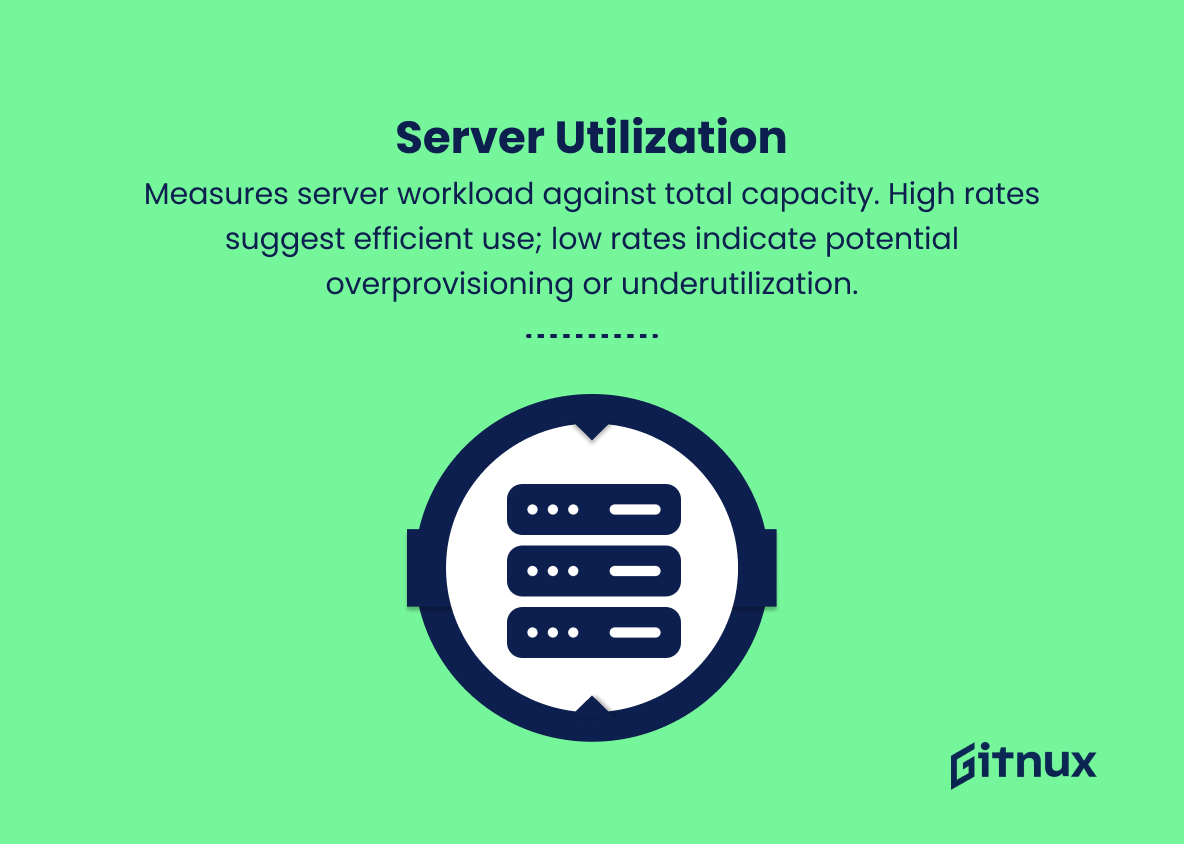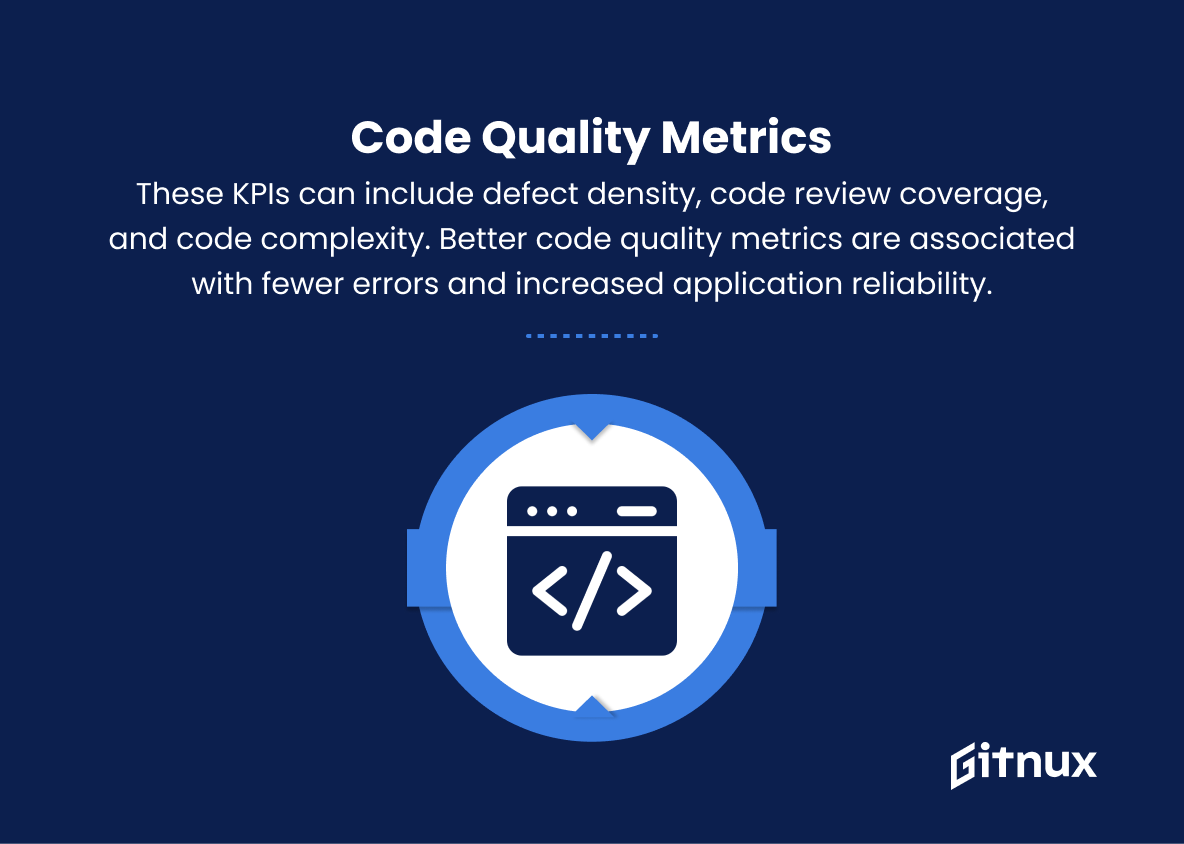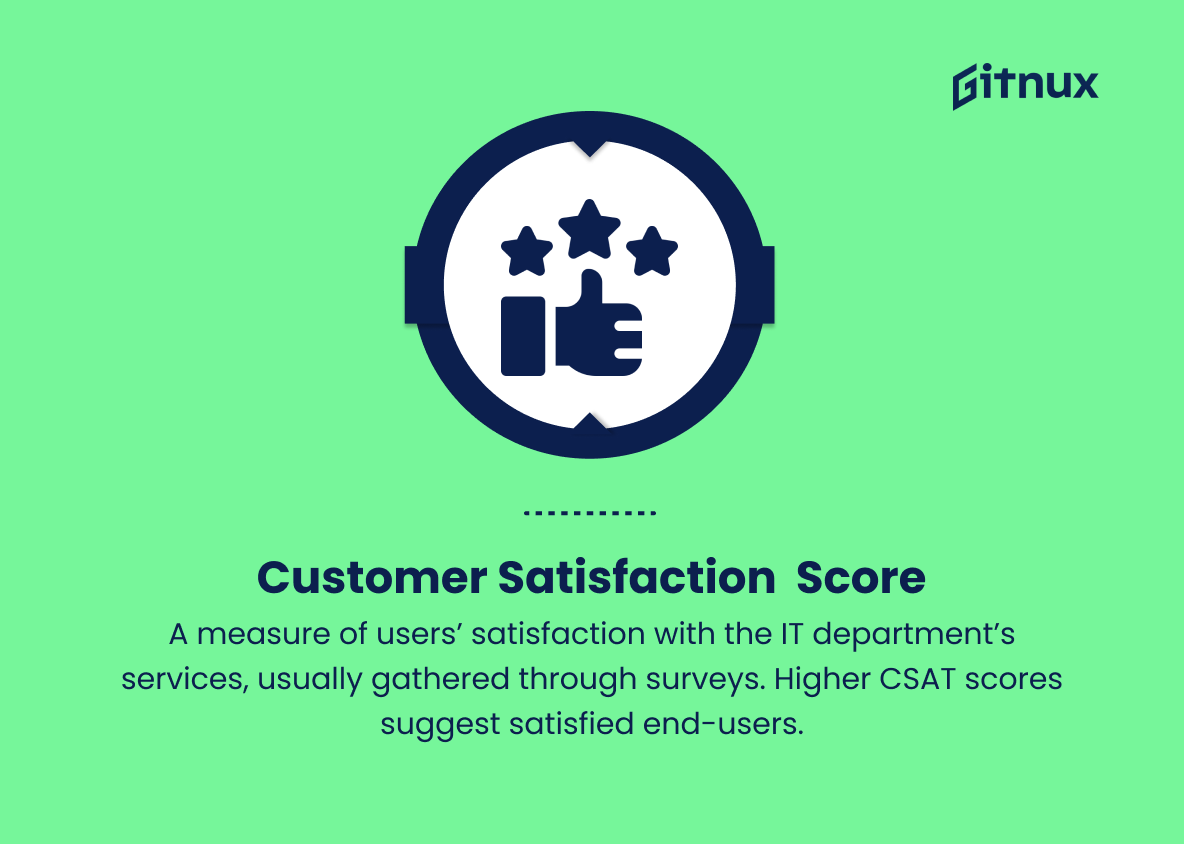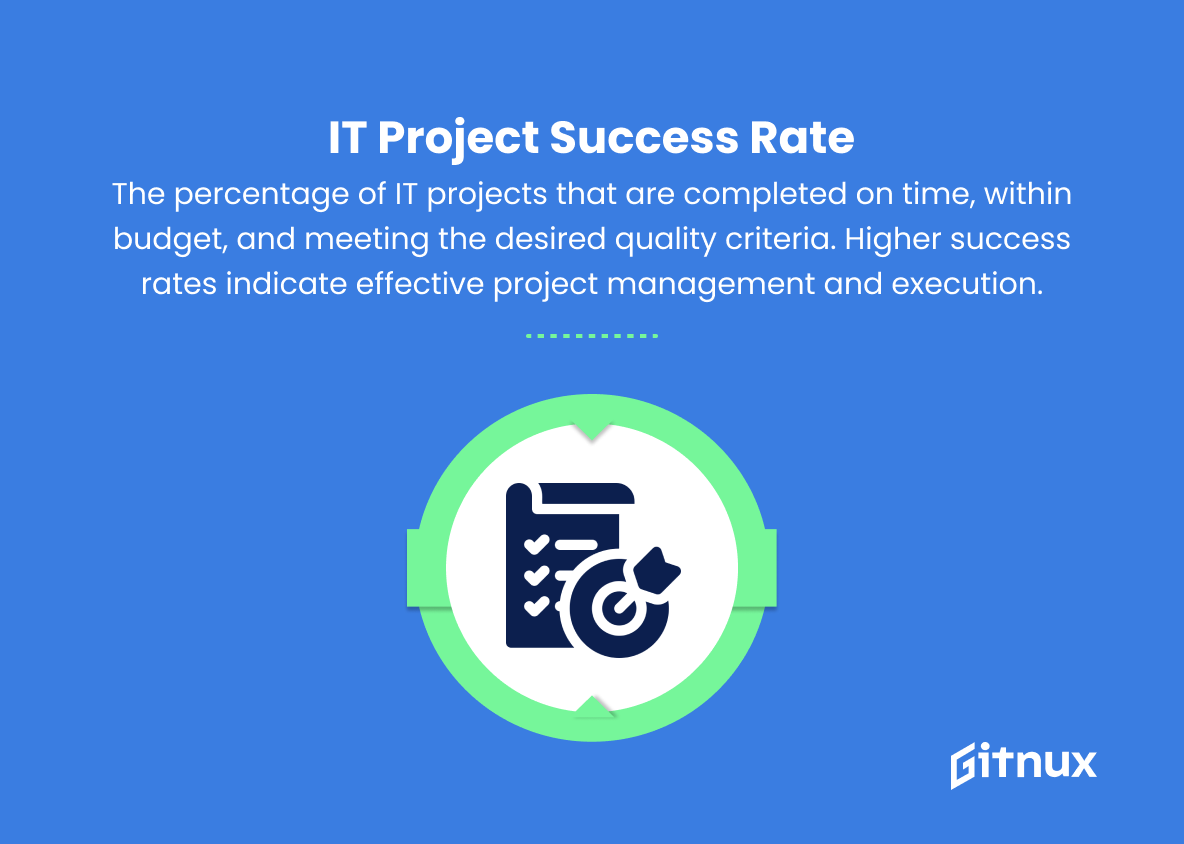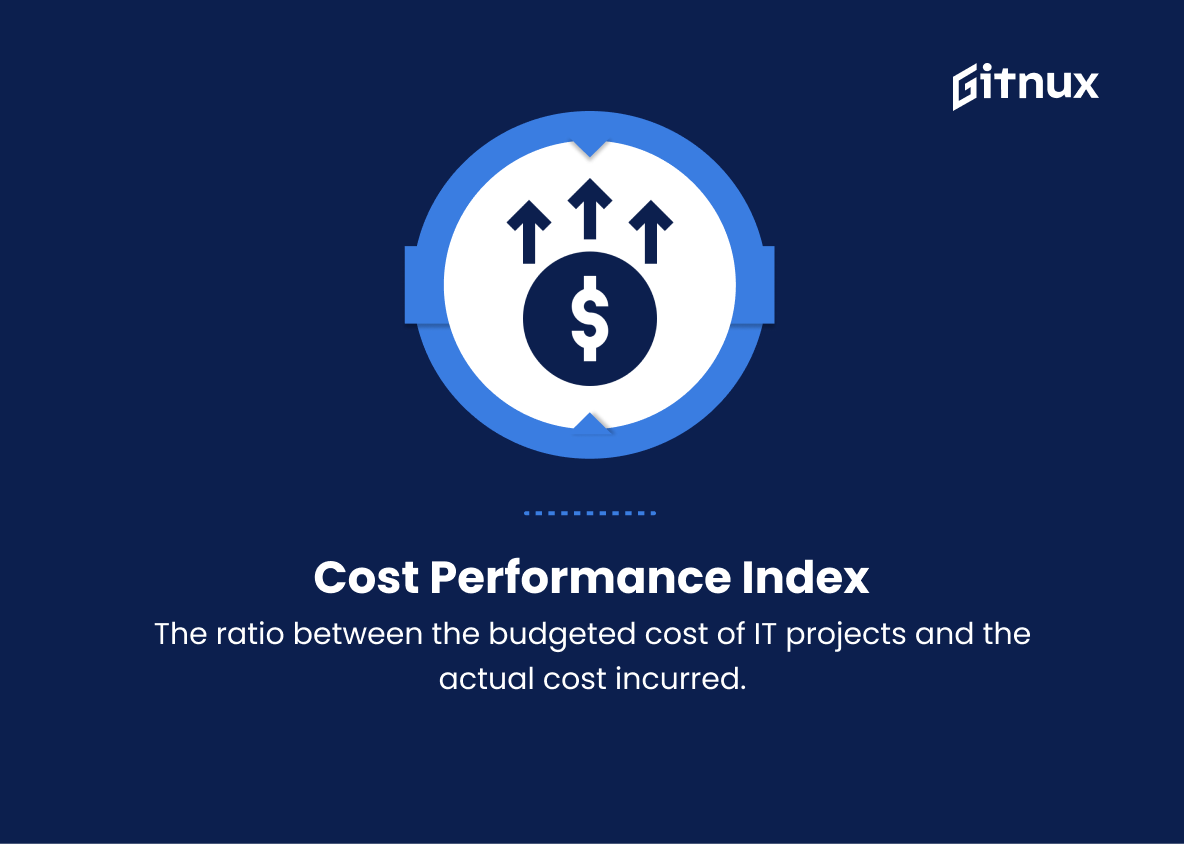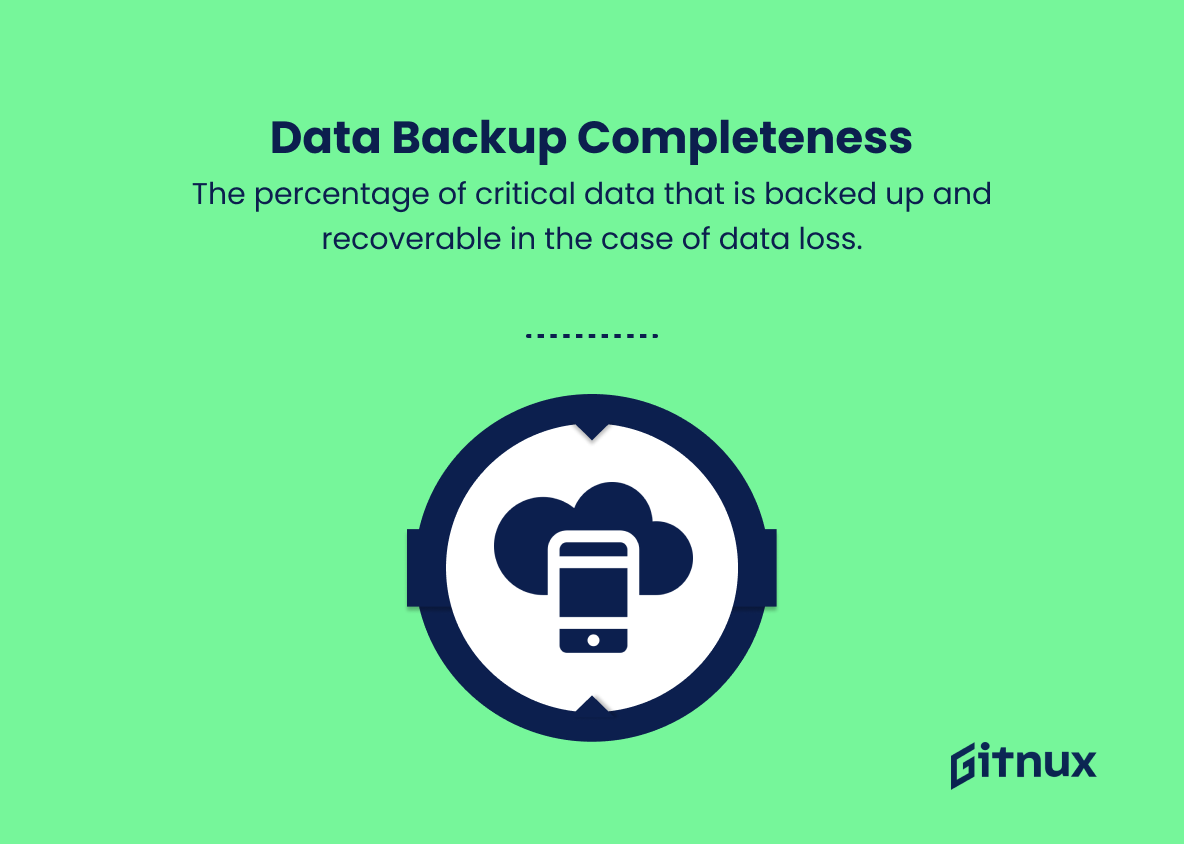In today’s rapidly evolving digital landscape, it’s crucial for businesses to keep a keen eye on their Information Technology (IT) performance. The success of an organization’s IT infrastructure is increasingly linked to its overall efficacy and competitiveness. Key Performance Indicators (KPIs) serve as vital tools to gauge the effectiveness of IT initiatives, thereby enabling businesses to make informed decisions and optimize their operations.
In this insightful blog post, we will delve into the world of Information Technology KPIs, discussing their significance, various types, and best practices for implementation. Get ready to embark on a journey to enhance your organization’s performance through the strategic use of KPIs in your IT department.
Information Technology KPIs You Should Know
1. System Uptime
The amount of time a system remains operational and available for use. A higher uptime percentage indicates better system reliability and efficiency.
2. First Response Time
The average time it takes for the IT support team to respond to a user’s query or issue. Quicker response times typically lead to increased user satisfaction.
KPIs like system uptime, first response time, and mean time to resolution are important for gauging system reliability and ensuring a positive user experience.3. Mean Time to Resolution (MTTR)
The average time it takes to resolve an IT issue, from the moment it’s reported to the moment it’s fixed. Lower MTTR indicates a more efficient IT support process.
4. Help Desk Resolution Rate
The percentage of IT issues resolved by the help desk team on the first contact, without needing further escalation. A higher resolution rate reflects the effectiveness of the IT support team.
5. Number of Security Incidents
Measures the total number of security breaches, cyberattacks, or other unauthorized access incidents. Lower numbers indicate a more secure IT environment.
6. Network Latency
The amount of time it takes for data to travel across a network, usually measured in milliseconds. Lower latency leads to better network performance and user experience.
7. Network Availability
The percentage of time a network is available and accessible by users. Higher availability rates indicate more reliable network infrastructure.
8. Server Utilization
Measures the ratio of a server’s current workload to its total capacity. High utilization rates may indicate that servers are being used efficiently, while low rates might suggest overprovisioning or underutilization of resources.
9. Software Development Cycle Time
The average amount of time it takes to develop, test, and deploy a new software feature or application. Shorter development cycles usually mean quicker delivery and higher agility.
10. Code Quality Metrics
These KPIs can include defect density, code review coverage, and code complexity. Better code quality metrics are associated with fewer errors and increased application reliability.
11. Customer Satisfaction (CSAT) Score
A measure of users’ satisfaction with the IT department’s services, usually gathered through surveys. Higher CSAT scores suggest satisfied end-users.
12. IT Project Success Rate
The percentage of IT projects that are completed on time, within budget, and meeting the desired quality criteria. Higher success rates indicate effective project management and execution.
13. Cost Performance Index (CPI)
The ratio between the budgeted cost of IT projects and the actual cost incurred. A CPI greater than one means a project is running under budget, while a CPI less than one indicates cost overruns.
Key Performance Indicators (KPIs) play a crucial role in measuring the effectiveness and efficiency of Information Technology systems and processes.14. Data Backup Completeness
The percentage of critical data that is backed up and recoverable in the case of data loss. Higher backup completeness rates protect businesses from potential data loss incidents.
15. System Patch Compliance
The percentage of IT systems that are up-to-date with the latest security patches and updates. Higher compliance rates help maintain a secure and stable IT environment.
Information Technology KPIs Explained
Key Performance Indicators (KPIs) play a crucial role in measuring the effectiveness and efficiency of Information Technology systems and processes. KPIs like system uptime, first response time, and mean time to resolution are important for gauging system reliability and ensuring a positive user experience. Help desk resolution rate, network latency, and network availability help measure IT support team success and network performance.
Further, KPIs such as server utilization, software development cycle time, and code quality metrics ensure optimal use of resources and application reliability. Additionally, KPIs like the customer satisfaction score reflect users’ satisfaction with IT services, while IT project success rate and cost performance index demonstrate the effectiveness of project management and financial planning. Lastly, data backup completeness and system patch compliance are vital for maintaining a secure and stable IT environment. Monitoring these KPIs enables organizations to improve their IT infrastructure, enhance security, and deliver better services to end-users.
Conclusion
In conclusion, Information Technology KPIs play an integral role in the success and growth of businesses in today’s digitally driven world. Continuously monitoring, measuring, and improving IT KPIs ensures that an organization’s technological infrastructure remains efficient, flexible, and responsive to ever-changing demands. By prioritizing KPIs such as system uptime, security, user satisfaction, and cost control, an organization can achieve better strategic decision-making, improved resource allocation, and increased confidence in IT investments.
By maintaining a strong focus on these key performance indicators, businesses can ensure that they are leveraging the potential of their IT systems to drive innovation, optimize operations, and ultimately, achieve long-term success in an increasingly competitive landscape.

